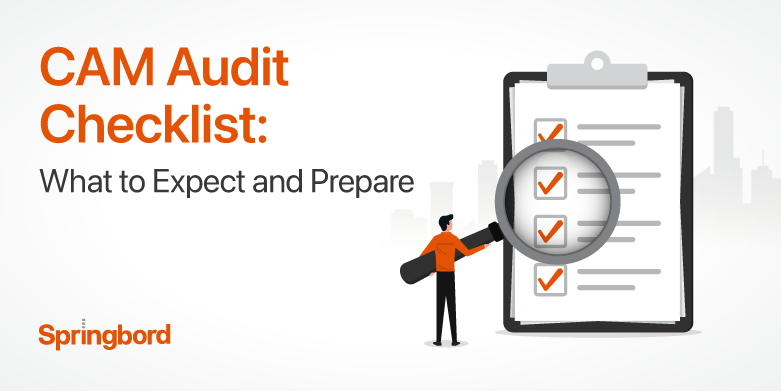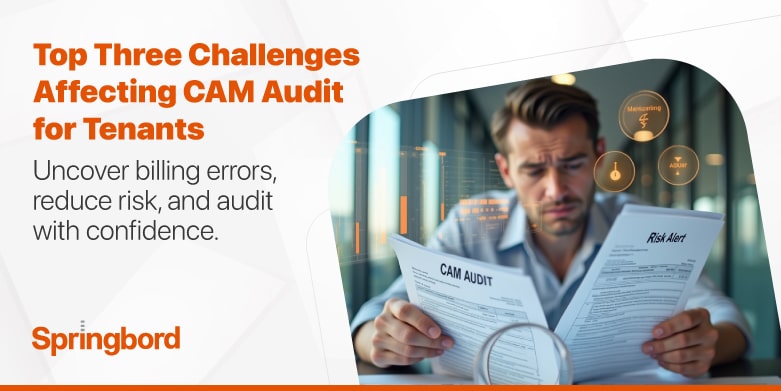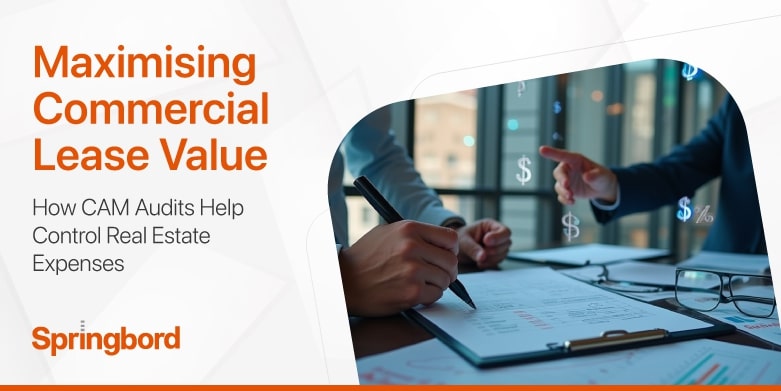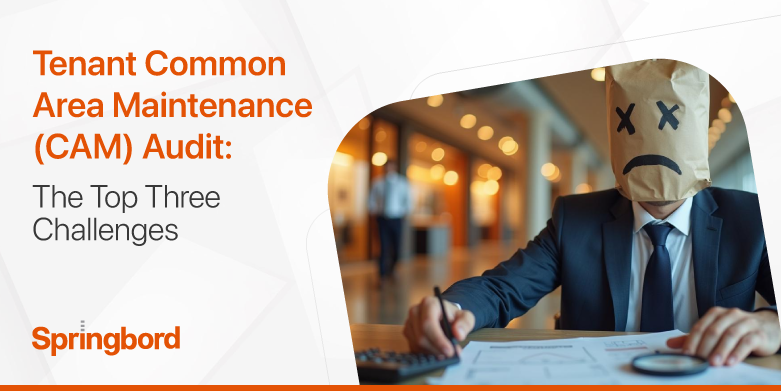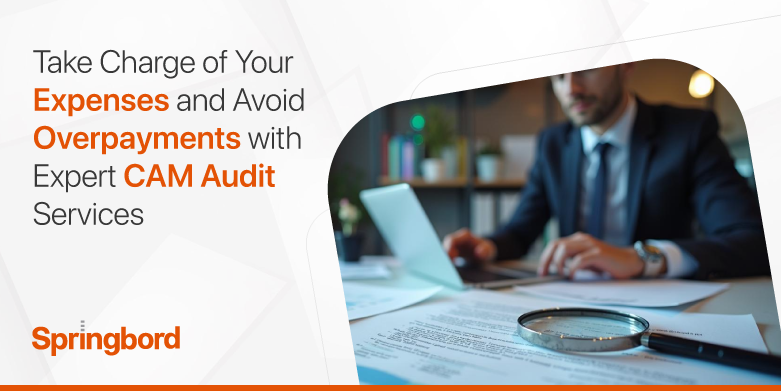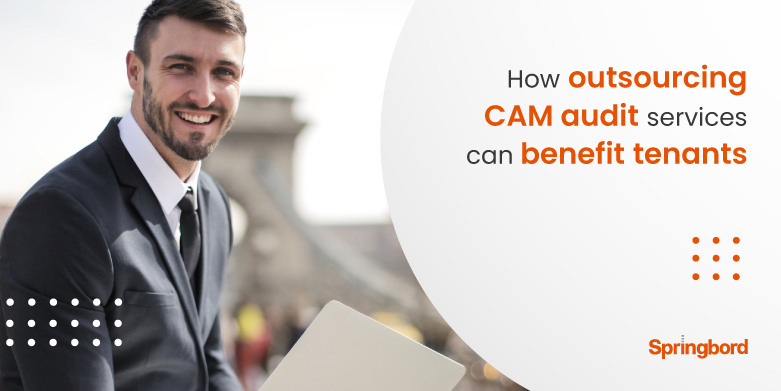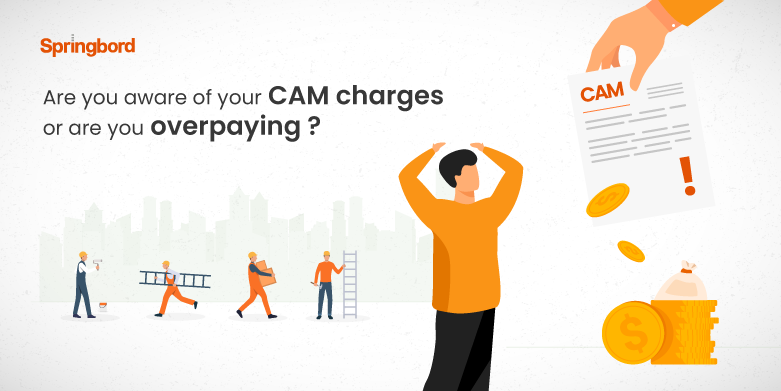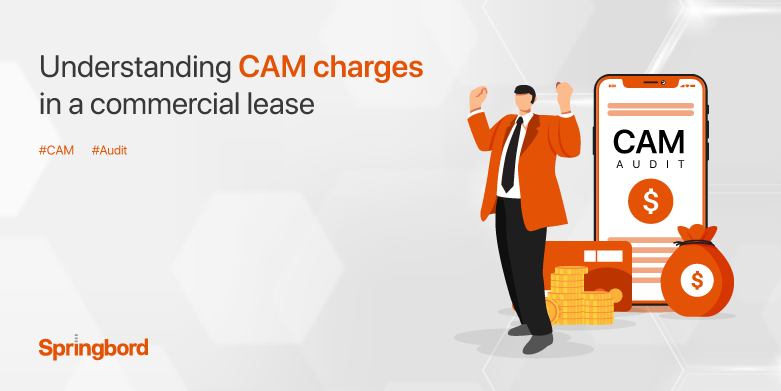M
E
N
U
As businesses evolve and the landscape of commercial real estate becomes more complex, the importance of Common Area Maintenance (CAM) reconciliation grows. CAM charges are the costs associated with maintaining and operating common areas in commercial properties, shared by tenants and managed by landlords. These charges can include everything from utilities and janitorial services to
Introduction: Why CAM Charges Matter Commercial lease tenants are required to pay Common Area Maintenance (CAM) charges, which cover the maintenance of usable common areas within the property. It is typically calculated as the tenant’s pro-rata share of the operating expense. While CAM expenses are important for the upkeep of the property—which is mutually beneficial
Common Area Maintenance (CAM) charges often represent a significant portion of total occupancy costs for business owners leasing commercial space. Yet, these expenses are frequently overlooked or accepted at face value, despite their complexity and potential for error. Overcharges, misallocated expenses, and non-compliant billing practices can quietly erode your bottom line year after year. This
Introduction Common Area Maintenance (CAM) charges are a fundamental aspect of commercial lease agreements, ensuring shared spaces are maintained and operational costs are fairly distributed among tenants. However, 30% of CAM reconciliations contain errors, leading to financial discrepancies and disputes between landlords and tenants according to the Journal of Property Management. Professional CAM audit services
Introduction Common Area Maintenance (CAM) charges are a significant expense for tenants in commercial real estate. These charges cover shared property costs, including maintenance, security, landscaping, and utilities. While CAM fees are necessary to ensure a well-maintained property, many tenants end up overpaying due to errors, unclear lease terms, or improper expense allocations. According to
In commercial leasing, tenants rely on landlords for various services, such as utilities, parking lot maintenance, landscaping, janitorial services, security, snow removal, and upkeep of common areas (elevators, hallways, sidewalks). These services are part of the operating expenses landlords recover through Common Area Maintenance (CAM) charges. CAM expenses are typically calculated based on the tenant’s
When did you last closely examine the costs associated with common area maintenance (CAM)? For many business owners, CAM fees are unavoidable in leasing commercial property, but they are often obscured by complexity and hidden costs. Overcharges can easily be overlooked due to ambiguous line items and suspicious expense allocations. But are you paying more
Common Area Maintenance (CAM) charges are an important yet complicated aspect of commercial leasing. Covering expenses like maintenance, security, and utilities, these charges often lack transparency, leading to unexpected costs and budgeting challenges. A clear understanding of CAM charges and their impact on your lease can help avoid disputes and manage expenses effectively. In this
Every dollar matters in the fast-paced business world, and keeping profitability depends on controlling operating costs. One area that often goes unnoticed and unchecked is Common Area Maintenance (CAM) charges in commercial leases. While these charges are intended to cover shared property expenses, many business owners are unknowingly overpaying due to errors, uncertain lease terms,
Conducting CAM audits is an essential part of managing commercial real estate. For landlords, these audits ensure that CAM charges are accurately calculated, allocated fairly among tenants, and compliant with lease agreements and regulatory requirements. Let’s explore the significance of CAM audits in this blog, which emphasizes the importance of these assessments from the landlord’s


